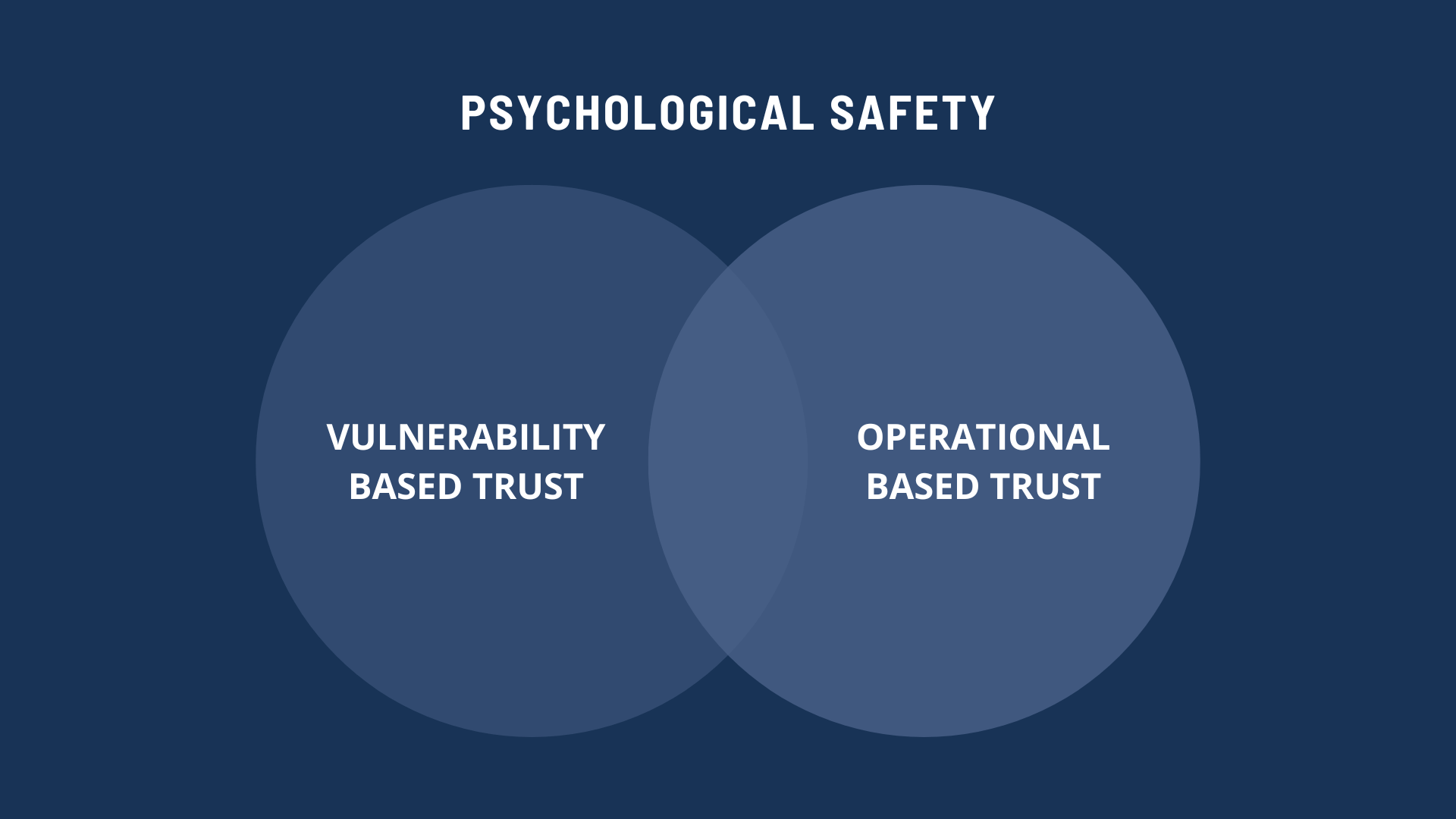After spending a few years at Netflix I truly believe that at the heart of any successful product org, lies a strong, explicit, LIVING culture!
So what exactly is an org culture? It is defined as a set of shared values, beliefs, and practices that guide how a team operates, so how I tend to think about it, is that it is a strategic context within which performance and strategic thinking might, or might not occur. I also believe that culture is a series of conversations amongst individuals and teams, that give life to the culture.
This is done through leaders role modeling or having continual conversations with individuals and teams. A culture does not exist as a set of values in HR documents, that you are on-boarded with, and then promptly forget. Just as building a thriving community requires trust, collaboration, and alignment around shared goals, so to does creating a powerful product culture, it relies on the same principles, in that you are deliberately fostering connection, creating space for innovation, and empowering individuals to contribute toward a collective vision. Drawing inspiration from books like Reed Hastings Rules, No Rules and Marty Cagan's Transformed, let's explore this a little further as I feel that this integral component, is often pushed to the side and not addressed, when moving teams to high performance product operating models.
Trust: The Foundation of Product Culture
In any community, trust is the glue that holds everything together. The same is true in product teams. Without trust, collaboration breaks down, and innovation stalls. One of the strongest messages in *No Rules Rules* is the importance of trust as the foundation for a high-performing culture. Hastings emphasizes that at Netflix, trust is cultivated through radical transparency and freedom. Employees are trusted to make decisions, take risks, and fail fast without micromanagement, or the fear of being penalized. At the very core of trust is integrity. Doing what you said you would, by when you said you would, in the manner you KNOW it should be done. In practising your word, your integrity stays intact, which then builds your reputation and fosters trust. In cultures such as Netflix they assume that you are trustworthy until there is evidence to the contrary. By assuming best intent in in people, most people will RISE to the opportunity as they will feel responsible to merit that trust. By instilling trust in others it helps them to become more trustworthy, according to Jim Collins in B.E 2.0. Trust is also the basis of psychological safety, which is made up of two types of trust (see image below) and you can't have psychological safety occur without both being present. Vulnerability based trust is being able to say what needs to be said without feeling like you will get persecuted, ridiculed, or deemed, being able to be authentic and honest, being able to admit when you did something wrong, without fear of job loss, or being ridiculed. Operational trust is your documented agreements; either your team agreements or your culture doc. It is the set of behaviours that are explicitly called out and expected in from each other, to which you hold each other to account, against. Feedback is always measured against it. Both of these build psychological safety and trust. The two work together.

This approach also appears in *Transformed*, where Marty Cagan discusses how successful product organizations create environments where people are trusted to OWN their work. Leaders step back and let teams take the lead, knowing that autonomy fosters creativity and engagement. By placing trust in the people closest to the work; designers, engineers, and product managers, you create a space where innovative solutions can emerge. The people that are closest to the product, closest to the customer, closest to the tech stack are always better suited to solve the problems as they have 100% understanding of the space. This is why empowering balanced product teams works.
In product culture, trust means giving teams the freedom to experiment, fail, and learn quickly. It also means being transparent with information and empowering individuals to act on it. Teams that are trusted to make decisions, will ultimately take greater ownership of their work, leading to stronger outcomes. The culture itself fosters this trust, empowerment and motivation. This is why it is so important to work on a "living" culture that is discussed and that feedback to individuals and teams, is aligned to.
Collaboration: Building Together
Much like a well-functioning community thrives on the contributions of its members, i.e., working together for a goal; a strong product culture is built through collaboration. In a community, everyone brings their unique skills and perspectives to contribute to the common good. We focus on individuals strengths, leaning into them, for the benefit of all. Similarly, in product teams, collaboration brings together diverse ideas that spark innovation. If you want better products, better solutions and stronger teams, then lean into debate and each others strengths. Your vision, strategy, discovery should all be debated by the team and key stakeholders and in doing so, you will build buy in, alignment and understanding. In the debate, you will more than likely see how unaligned everyone is, but as you debate, alignment starts to happen as you start to understand each others perspectives. At Netflix, we spent all our time debating about strategy, from there, the tactics worked themselves out if you aligned on strategy. I cannot stress how important it is to collaborate and debate together. Having deep stakeholder relationships, that are not transactional makes a difference and if you invite them and bring them along for the ride on the strategic aspects, everything will be smooth from there on in.
In the book *No Rules Rules*, Netflix encourages open debate. Hastings notes that the best ideas come from conflict; constructive, respectful disagreement that pushes people to think more deeply and creatively. Product culture should not shy away from disagreement. Instead, it should embrace it as part of the creative process. This level of collaboration ensures that the final product is a result of diverse, well-considered perspectives, rather than a single viewpoint. As a product manager you should facilitate and foster that debate; making sure that every voice is heard, that all opinions and data have been shared and then, once heard, you can make an informed decision; one that is an objective decision as you now have heard from all.
Marty Cagan emphasizes cross-functional collaboration as one of the keys to transforming product teams. He argues that the most successful organizations break down silos, ensuring that product, design, and engineering teams work closely together to solve problems. This isn’t just about communication; it’s about shared ownership of the product. When teams collaborate deeply, they move beyond individual roles and focus on the collective success of the product and the customer experience. I would also add that at certain points, in large enterprises especially, you will want your key stakeholders in the room debating with you. Each brings unique perspectives that should be understood, before testing, validating and building something.
Shared Values: Aligning Around a Common Vision
A strong community flourishes when its members are aligned around shared values and a common vision. In product teams, culture is often shaped by the values the organization holds dear. These values guide decision-making, behaviors, and the way the team approaches its work. Marty Cagan’s *Transformed* speaks to the importance of aligning teams around a product vision that everyone understands and believes in. When teams are connected to a clear purpose, they’re able to make better decisions and prioritize work that drives real impact. However, I do feel that can only happen if the culture itself promotes collaboration, trust and alignment around performance expectations.
Reed Hastings takes a similar approach in *No Rules Rules*, where Netflix’s culture is grounded in core principles that emphasize performance, candor, and freedom. These shared values, which at Netflix are expressed as expected behaviours in. a culture doc, create alignment across the organization, allowing employees to make decisions in line with the company’s overarching goals without the need for excessive rules or approval processes.
In product management, shared values act as a compass, helping teams navigate the complexities of building products in a fast-paced environment. When these values are lived and breathed by the team, they foster a sense of community and belonging. Everyone understands what’s important, what’s expected, and how they can contribute to the product’s success. Teams should take the time to explicitly call out what they expect from one another, in order to hold each other accountable against a baseline. This creates operational trust and through that, this establishes psychological safety.
Autonomy and Accountability: The Power of Freedom
An essential component of both *No Rules Rules* and *Transformed* is the idea that freedom and accountability must go hand in hand. Just as in a community where individuals have the freedom to pursue their own interests but are still accountable to the larger group, in product culture, autonomy is balanced by accountability.
At Netflix, Hastings created a culture of freedom by eliminating rules and procedures that stifle creativity. Instead, he gave employees the freedom to take risks, with the understanding that they would be held accountable for their results. This freedom empowers teams to act quickly and innovate, but it also requires a high level of personal responsibility to do good work. The culture doc was pretty explicit in what was expected and it was a culture that was written for performance and innovation; decisions were made fast, failure and learnings were gathered and we moved on with solutions, continually adapting as needed
In product culture, fostering autonomy means trusting teams to do what they do best without unnecessary oversight. However, autonomy should not be confused with a lack of structure. It’s important that teams are aligned on the goals and metrics that matter, so they can be accountable for delivering meaningful outcomes. That is why a good vision and strategy matters; it gives autonomy context and shape. It all starts with a Vision! That is your stake in the ground that sets direction, gathers buy-in and builds alignment.
Cultivating a Product Community
When we think of product culture as a community, we begin to see the importance of relationships, trust, and shared values in driving success. Relationships are not transactional; they are built over time and depends on the culture that shapes an environment through which trust, accountability and autonomy occurs and drives high performance, in order to deliver on vision & strategy. Like any strong community, product culture requires nurturing; it needs leaders who are committed to fostering collaboration, encouraging autonomy, and aligning teams around a shared vision. Reed Hastings’ emphasis on trust and freedom, offer a blueprint for building a culture that empowers teams to deliver exceptional products.
In the end, product culture isn’t just about how you build; it’s about how you come together as a community to create something greater than the sum of its parts. By fostering trust, collaboration, and shared values, you’re not just building a product, you’re building a culture where innovation, creativity, and collective success can thrive.
One last thing, no matter where in the world you are and what holidays you celebrate; I wish you all the best over the upcoming holiday period! We will be shutting down over this period and this is the last newsletter for the 2024. We will be back in 2025, starting the week of the 13th January. Enjoy the festivities and wishing you all the best in the New Year and remember, no new year resolutions, instead take the time to do a Vision, identify your goals and put a plan together; this always works better than resolutions do.


0 Comments